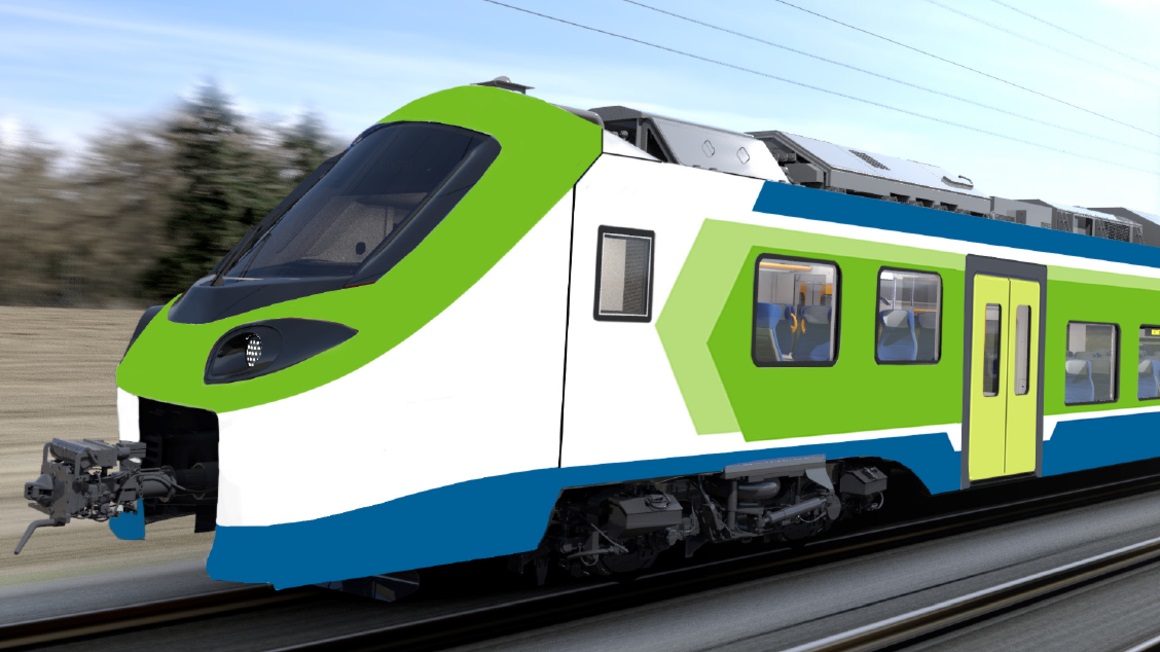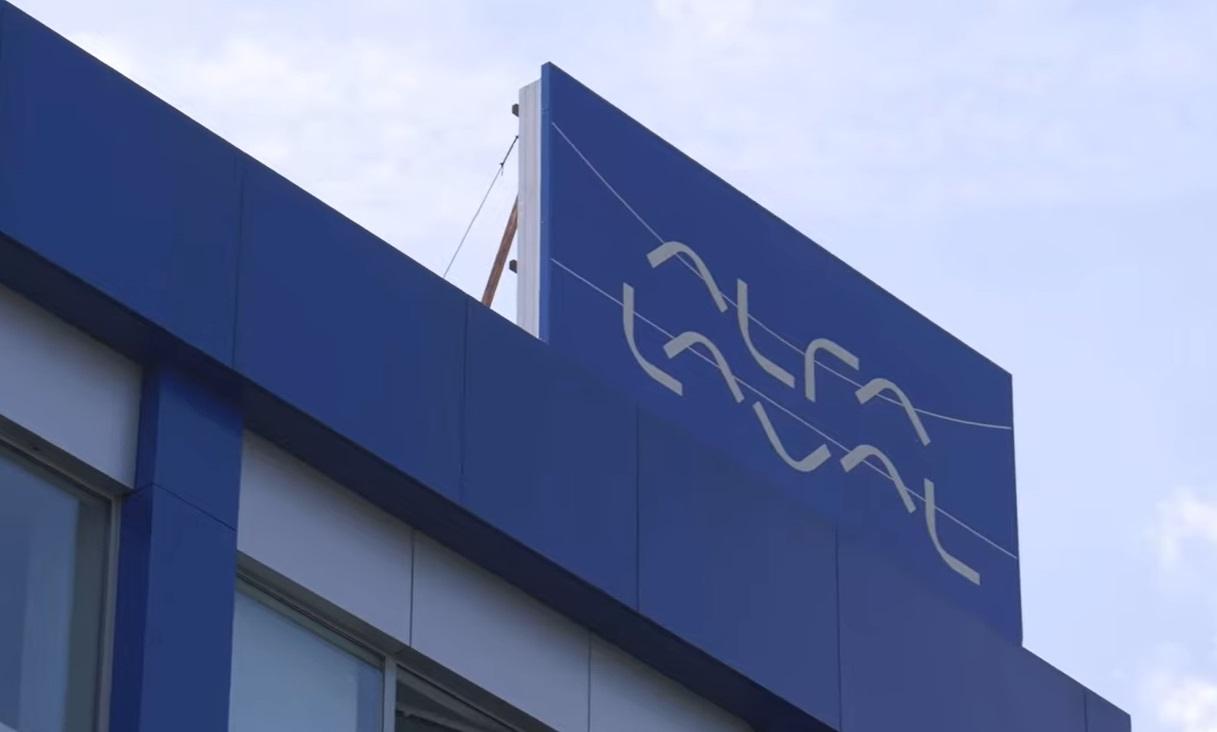Alstom, Engie, Partner to Power Locomotives with Renewable Hydrogen
Power company ENGIE and mobility solutions provider Alstom announced today a new partnership, aimed providing a solution to help decarbonize rail freight by replacing diesel-powered locomotives with hydrogen versions. The target market for the solution is the major European rail freight countries.
Under the new partnership, Alstom will design a hydrogen solution based on a high-power fuel cell system that can power electric locomotives on non-electrified sections of the railway network. Alstom noted that the agreement is in line with its “Alstom in Motion 2025” strategic plan, which includes plans to ramp R&D investments to advance innovations in ‘Smarter and Greener Mobility,’ and follows the acquisition of fuel cell manufacturer Helion Hydrogen Power last year.
Raphaël Bernardelli, Vice President, Corporate Strategy, Alstom, said:
“Our ambition is to accelerate the adoption of hydrogen power in the rail industry by developing innovative solutions that help green heavy-duty mobility operations like rail freight. In order to help drive the evolution of the hydrogen rail sector we need to gather stakeholders, and this is exactly why we have decided to partner with ENGIE”.
ENGIE will supply the renewable hydrogen for the solution. The announcement follows the launch of ENGIE’s repositioning strategy last year, which includes plans for major investments in renewables and energy solutions, along with a vision to develop green hydrogen capacity of 4 GW by 2030, with plans for 700 km dedicated hydrogen networks and 1 TWh of storage capacity, along with more than 100 refueling stations.
Sébastien Arbola, Executive Vice President in charge of Thermal Generation, Hydrogen & Energy Supply, ENGIE, said:
“We are delighted to continue our efforts with Alstom in decarbonizing heavy-duty mobility by combining our respective expertise to serve European rail freight. This partnership marks a new step in the development of renewable hydrogen solutions and building a low-carbon economy.”





